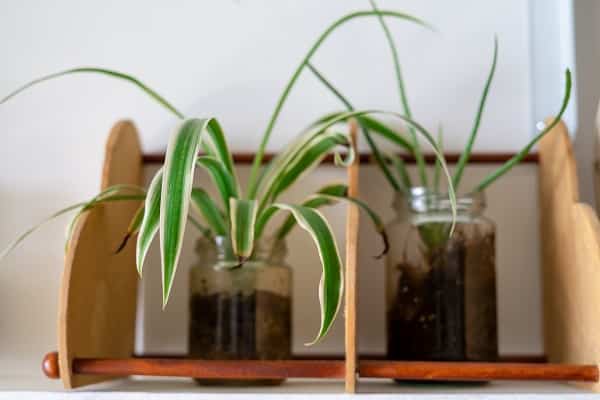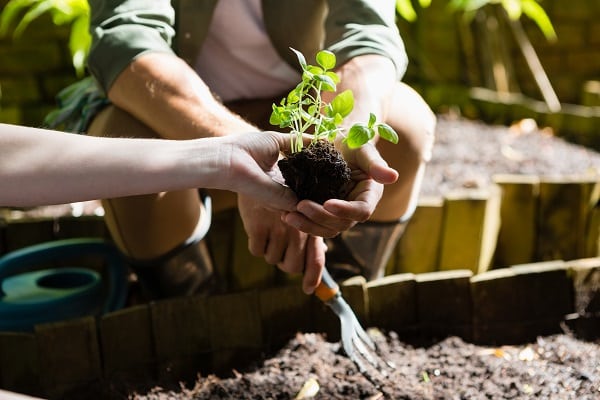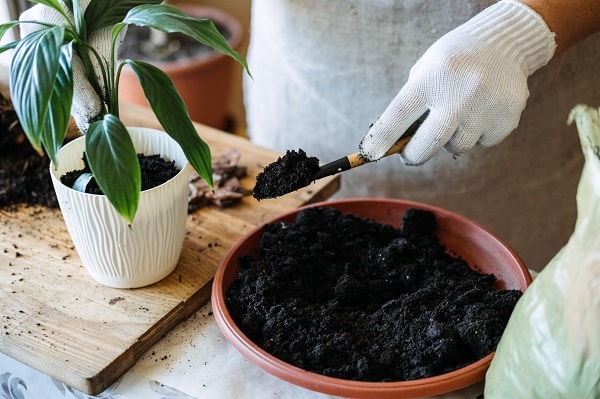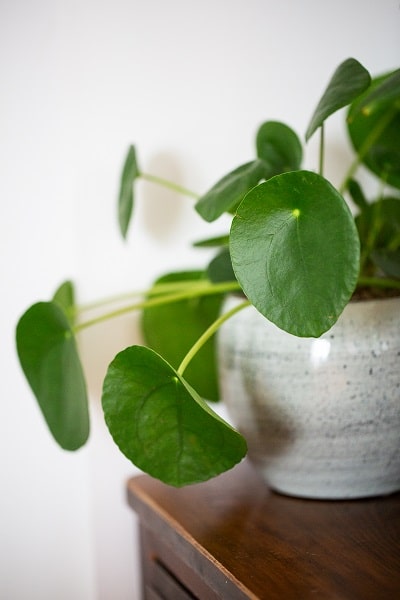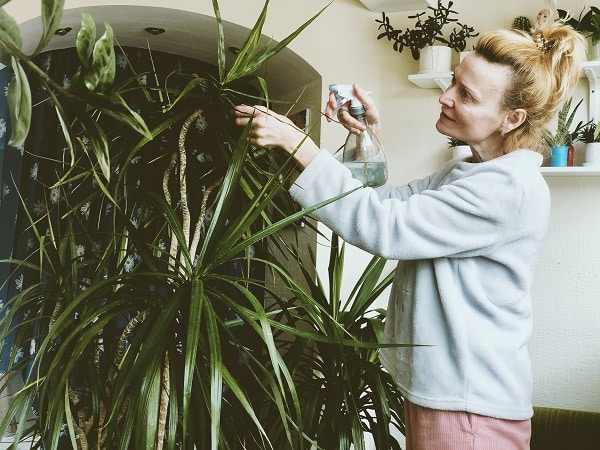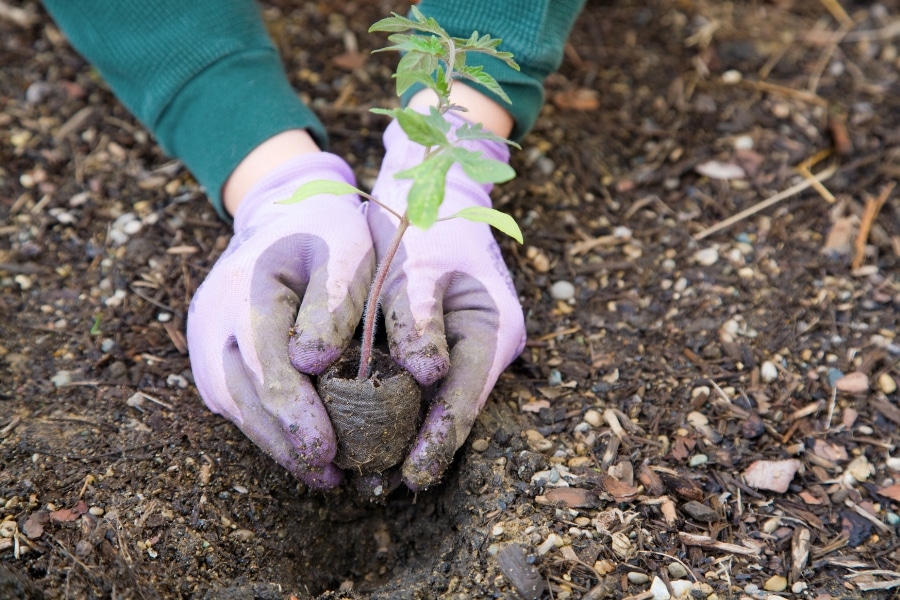Watering plants is one of the most critical aspects of gardening, but it can also be one of the most difficult to understand if you are doing it correctly. Most people are aware if you do not water your plants enough, they will die. However, If you overwater your plants, they can also become overwhelmed and begin to die. Fortunately, there are ways to rescue a drowning plant. This article will outline the steps you should take if you have overwatered your plant. By following these instructions, you can save your plant from certain death!
Contents
- 1 What Over Watering Your Plants Does
- 2 Signs Your Plant Is Drowning
- 3 Rescuing Your Plant
- 4 Take The Plant Out Of Its Pot
- 5 Check For Root Damage
- 6 Clean The Plant Off
- 7 Add New Soil Or Potting Soil To The Plant
- 8 Place The Plant In The Sun
- 9 Monitor The Plant For A Few Weeks
- 10 Tips For Future Watering
- 11 Conclusion
What Over Watering Your Plants Does
If you overwater your plants, the roots may not get enough air and die off. Once this occurs, no amount of watering will bring your plant back to life. Additionally, if a part of your plant begins to rot from being overwatered, it can attract pests in the garden that may spread throughout your other plants. To prevent this, you must act quickly.
Signs Your Plant Is Drowning
Rescuing Your Plant
Take The Plant Out Of Its Pot
If your plant has been flooded by water, you should first take it out of its pot. When removing the plant from its pot, be extremely careful not to break any roots or stems that may be sensitive. If you have a huge plant, this process would also be best with another person. Once the plant is out of its pot, it is time to move to step two.
Check For Root Damage
To check your plant’s roots for damage, gently run your fingers through the soil and roots. If you do not feel any resistance, continue to check for any damage. The next step is to determine if your plant’s roots have become water-logged. Grab a handful of soil from around to plants’ roots and squeeze it together. If you can’t squeeze water out of it, the plant is in good condition, and you should continue to step three.
However, if your plant’s roots are damaged, it is time to do even more work. You will need to carefully remove any dead or damaged roots that may be rotting. Once you have done this, your plant should look like it did when you first bought it. If there are brown marks on the leftover roots, this is okay and does not affect the plant.
Clean The Plant Off
Now that you have removed all of the roots have, you can start to clean your plant off. Wash any dirt away from the stem and leaves, so it is completely free of debris. If there are some brown marks on plant matter or if some parts look a little shriveled, this is fine. Once you have completed this step, your plant should look clean and ready for new soil!
Add New Soil Or Potting Soil To The Plant
Before you re-pot your plant, you must add new soil or potting soil to the plant’s roots. New soil ensures that there is enough room for nutrients and oxygen to get into the root system even once you take out all of the flooded water. To add new soil, scoop some out from under your plant that appears healthy. You should then place this soil in a coffee filter or something similar to remove excess water. After this, you can safely re-pot your plant into the new soil.
Place The Plant In The Sun
Once you have finished adding new soil and transferring your plant back into its pot, it is time to place the plant in the sun. At this point, direct sunlight will help dry up any excess water that may still be present in your soil. After placing your plant in the sun, take a dry towel and pat them down if you notice any wet spots. Just be sure not to let the plant sit in direct sunlight too long. This can lead to damage from sun exposure which can also be very harmful to your plant.
Monitor The Plant For A Few Weeks
If your plant is suffering from too much watering, it will take some time for its roots to reform and repair themselves. After you finish rescuing your plant, be sure to monitor it for a few weeks. If there are any lingering signs of damage or if your plant does not look healthy, contact your local gardening center for help. They can give you more specific advice on whether your plant is beyond repair or not.
Tips For Future Watering
If you know for sure that you have overwatered your plant, you can take some precautions to ensure it does not happen again:
- You can use a smaller pot. A smaller pot will force you to water the plant less often and give it enough time for its roots to receive proper oxygen between watering.
- Before watering your plants each day, you should check to see if they need it. You can do this by sticking your finger in the soil and feeling for moisture. If the soil is dry, you should water your plant.
- You can research the proper watering cycles needed for your plant to ensure it is getting all the water it needs and not getting excess water that will cause harm.
Conclusion
If you overwater your plant, it needs immediate care to save its root system. If you act quickly, your plant should be back in good condition in no time. Just be careful when handling a damaged plant damaged. This can be especially true if the roots have been overwatered, as they may feel a little mushy and fragile and can easily be destroyed. When caring for a damaged plant, the last thing you want to do is to cause it even more harm!
